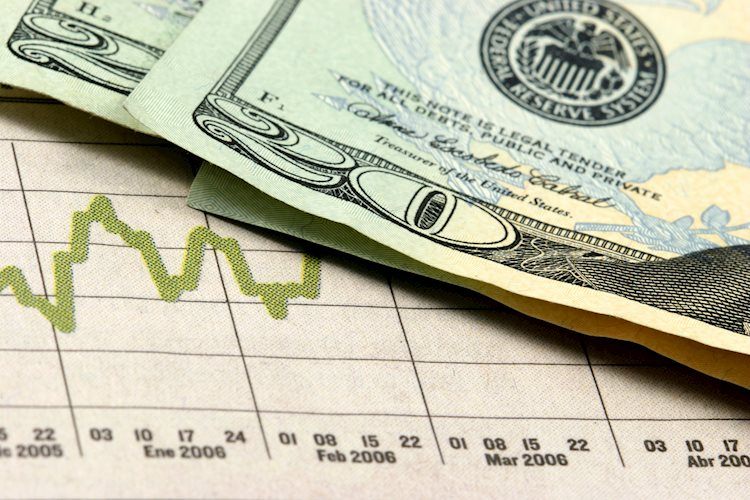On Thursday, the US Dollar experienced volatility following mixed economic data from the United States. While labor data showed signs of weakness, data on the service sector indicated expansion. With the US economic outlook uncertain, investors are starting to speculate on a larger rate cut in September. This uncertainty has led to the US Dollar weakening as steady dovish bets are being placed.
The recent economic data showed some weaknesses in the labor market, with indicators such as ADP Employment Change missing estimates and Initial Claims slightly decreasing. However, there was a small uptick in Nonfarm Productivity, along with steady figures in services data such as S&P Global’s PMI. Despite some positive signs, the cooling labor market is contributing to concerns about the overall US economic health, leading investors to anticipate a larger rate cut by the Federal Reserve in the upcoming months.
Technical indicators for the US Dollar Index (DXY) suggest continued bearish momentum, with the index likely to test support levels at 100.50. Resistance levels are seen at 101.30, 101.15, and 101.00, while support is expected at 101.80, 102.00, and 102.30. The Relative Strength Index (RSI) and Moving Average Convergence Divergence (MACD) also indicate bearish momentum, further supporting the idea of a weakened US Dollar in the near future.
The US Dollar is the official currency of the United States and is one of the most traded currencies globally. The value of the US Dollar is heavily impacted by monetary policy decisions made by the Federal Reserve, with interest rates being a primary tool to control inflation and foster full employment. In times of economic uncertainty, the Fed can resort to measures like quantitative easing (QE) to increase credit flow in the financial system, which typically leads to a weaker US Dollar. Conversely, quantitative tightening (QT) involves the Fed stopping bond purchases and can have a positive impact on the US Dollar.
Overall, the recent mixed economic data from the United States has led to speculation among investors about the future of the US Dollar. With signs of weakness in the labor market and uncertainty surrounding the overall economic outlook, the US Dollar is likely to remain weak in the near term. Technical indicators and monetary policy decisions by the Federal Reserve will continue to play a significant role in determining the direction of the US Dollar in the coming months.










